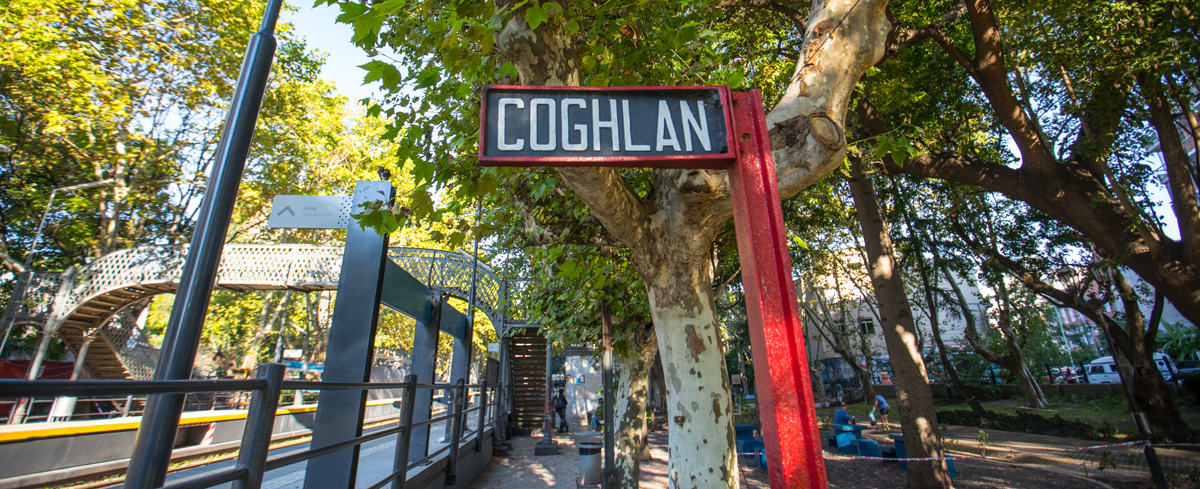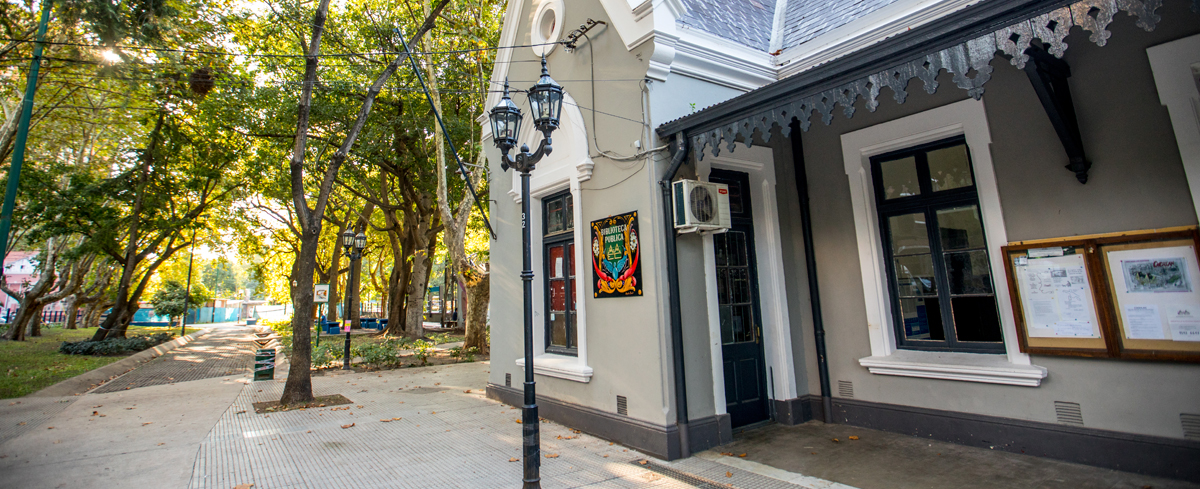Coghlan
Irishman Juan (John) Coghlan (1824-1890), an engineer with the British railway company, is unlikely to have imagined that he would have a neighbourhood named after him. The neighbourhood was founded a year after his death with the arrival of the first branch of the Retiro - Tigre railway line.
The low-profile pentagon-shaped district has a quiet, relaxed atmosphere a world away from the bustle of downtown Buenos Aires, with leafy cobbled streets, low-rise houses with gardens, small squares and a quaint railway station, but also, surprisingly, a wealth of interesting street art.
With quiet streets named after the philosophers Socrates and Plutarch and walls decorated with art, it's perhaps the best neighbourhood for a quiet reflective stroll.
The neo-romantic church Santa María de los Ángeles (Rómulo Naón 3250) is named after the patron saint of children in Buenos Aires and has a very large hexagonal dome topped with a smaller dome with the same proportions as that of the primitive chapel Santa María de los Ángeles de Asís in Italy. Two modern murals by the Uruguayan priest Jerónimo Bornias depict the Last Supper against a backdrop of Buenos Aires, and Jesus and the prophets.
The Hospital Ignacio Pirovano (Monroe 3555) is named after a doctor who worked during the outbreak of yellow fever in Buenos Aires in 1871. The hospital runs various workshops. Check out the tower of the hospital's church, which can be seen from the streets Roque Pérez, Monroe and Rivera.
Another curiosity in the neighbourhood is the 35m-tall brick chimney at Washington 2944. It's actually a ventilation shaft for the city's sewers.


